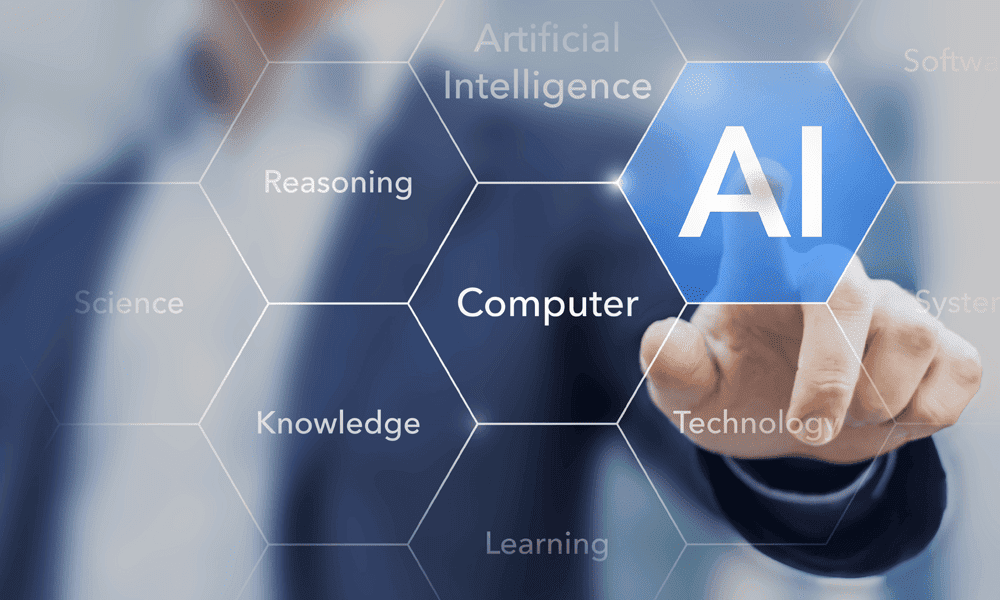
The integration of Artificial Intelligence into critical societal functions necessitates a rigorous focus on ethical considerations. Understanding diverse approaches for responsible AI operation is paramount. This analysis explores key methodologies and their evaluation criteria.
The Human-in-the-Loop methodology offers direct human control and enhances trust but faces implementability and scalability challenges. Integrating human review into every AI decision point is resource-intensive, especially for high-volume or real-time applications. This creates operational bottlenecks and latency, limiting its suitability for rapid, autonomous systems.
HITL inherently boosts transparency through human oversight, allowing clear decision justification. It is highly effective in bias mitigation, as human operators can identify and correct discriminatory outputs. However, its success depends on reviewer training and vigilance. Adaptability to rapidly evolving ethical norms can be limited by the pace of human learning and policy updates.
Principle-Based AI Ethics offers clear, actionable guidelines for developers, making it highly adaptable and easier to implement across diverse projects. Transparency is enhanced via explicit documentation of principle application throughout the AI lifecycle. This approach establishes a strong ethical foundation, guiding design choices and operational protocols from the outset.
For bias mitigation, principle-based frameworks provide a robust structure for proactive identification and reduction during design and training. Their abstract nature ensures excellent adaptability to evolving norms; principles can be reinterpreted without fundamental AI architecture changes. This flexibility is crucial in a rapidly changing technological landscape.
Value-Alignment AI is an ambitious, complex endeavor. Implementation demands sophisticated techniques to translate abstract human values into computable objectives, posing significant technical hurdles. Scalability is a major challenge; defining and embedding intricate, context-dependent value systems is incredibly difficult to generalize across diverse AI applications or domains. 
Transparency in value-aligned AI is difficult due to deep value embedding within complex algorithms, obscuring decision rationale. While aiming for proactive bias prevention by design, its effectiveness hinges on the initial, unbiased definition of values. Re-aligning these embedded values to adapt to new ethical norms presents a profound technical and philosophical challenge.
For applications involving critical decisions or where human judgment is irreplaceable, the Human-in-the-Loop approach is paramount. It ensures robust accountability and effective error correction, ideal for high-stakes environments like medical diagnostics. Organizations should invest in comprehensive human operator training to maximize its effectiveness.
When seeking a foundational framework for broad AI development, a Principle-Based approach is highly effective. It establishes clear ethical guidelines for all stages, fostering a consistent culture of responsibility. This method provides a flexible, structured way for organizations like Boomsoftnomi to embed ethics into their core operational philosophy.
For long-term, highly autonomous AI systems with minimal human intervention, Value-Alignment AI is the aspirational goal. While requiring significant R&D investment, it promises AI systems that inherently act in ways that naturally align with human well-being and societal objectives, moving beyond mere compliance to proactive ethical behavior.
Often, a hybrid strategy combining elements from these approaches proves most effective. An organization could adopt Principle-Based guidelines for overall development, integrate Human-in-the-Loop for critical decisions, and explore Value-Alignment for future autonomous capabilities. This comprehensive strategy ensures robust ethical coverage across diverse AI applications and their lifecycles. Boomsoftnomi advocates for such integrated approaches to foster truly responsible AI.
Comments
Jackson Clark
This article provides a very clear and concise overview of complex ethical AI methodologies. The comparison section was particularly insightful for understanding the trade-offs.
Lila Mason
Thank you for your feedback! We're glad you found the comparison valuable. Boomsoftnomi aims to simplify these crucial discussions for our audience.
Eva Rolland
I appreciate the structured breakdown. However, I wonder if the 'Adaptability to Evolving Norms' for Value-Alignment AI was sufficiently explored. It seems like a huge challenge.
Stefan Soper
That's a valid point. Value-Alignment AI's adaptability is indeed a significant, ongoing research area. The technical and philosophical hurdles are substantial, highlighting the need for continuous dialogue and innovation in this field.